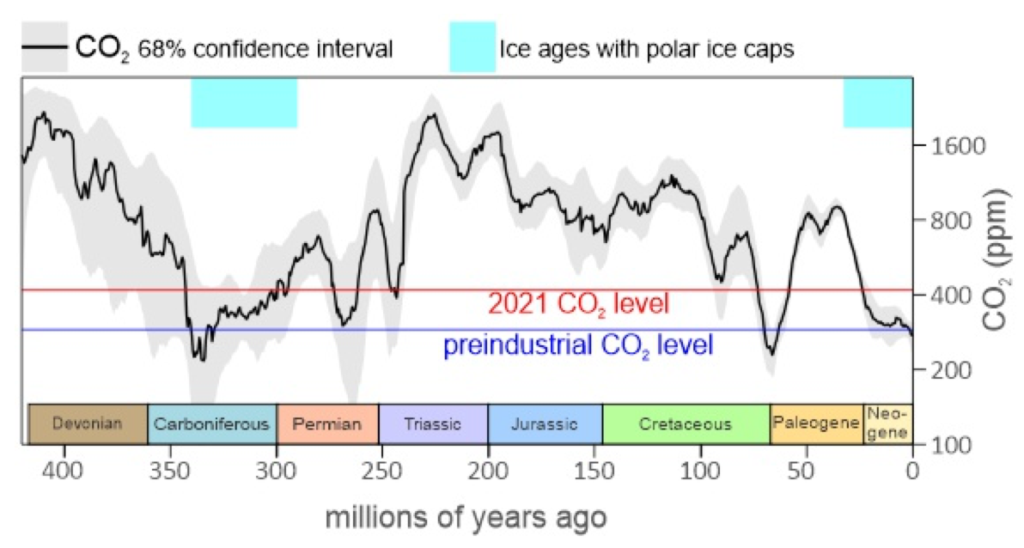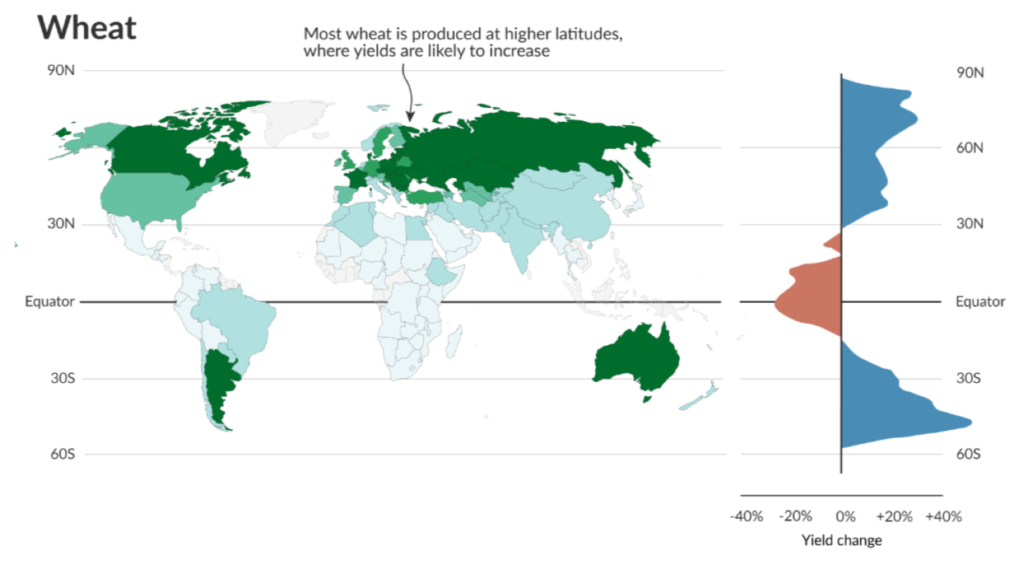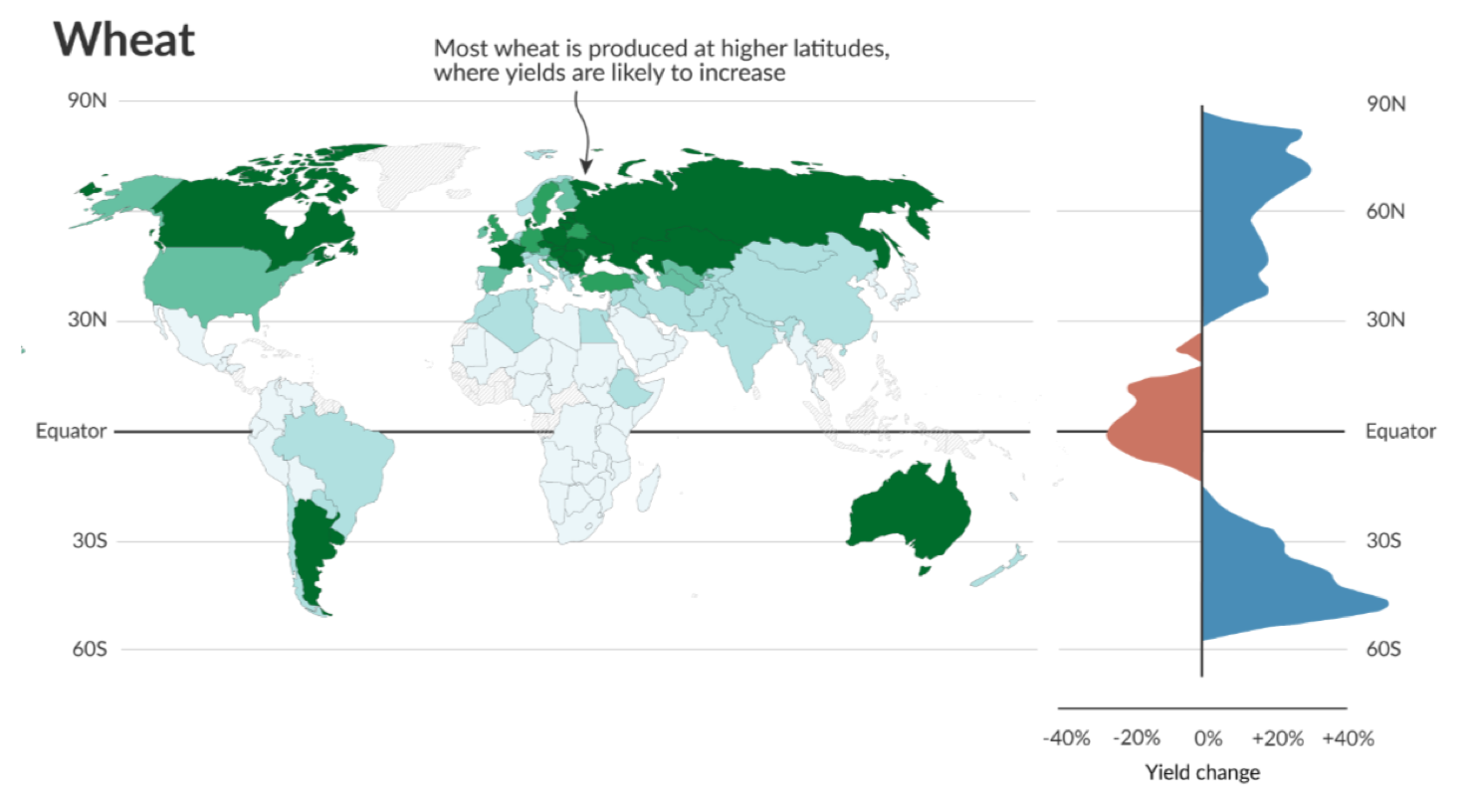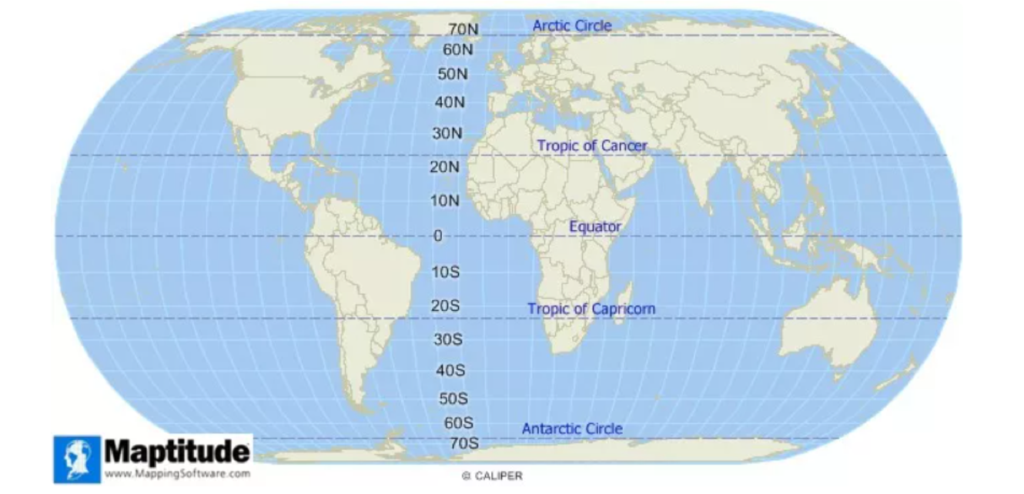Three degrees warmer
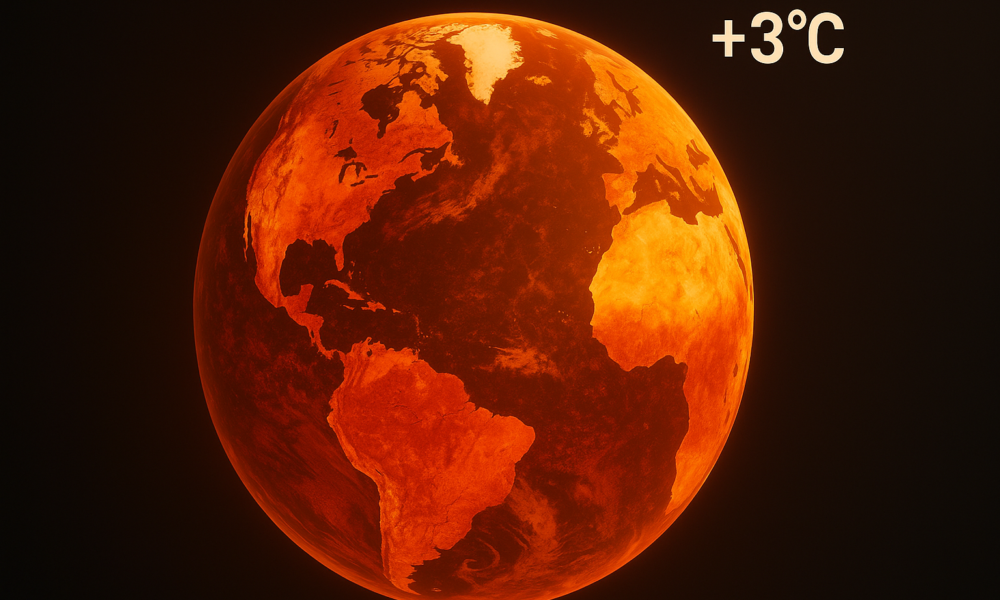
Independent Contributor
What happens when the world is 3 degrees warmer?
In Sustainalogic 101 I used a graph showing the correlation between rising CO2 level and temperature, along with the population explosion. The completely unrealistic UN Sustainability goals and associated government Climate change policies mean we haven’t got a snowballs chance in hell of keeping global warming under the suggested 1.5-degree tipping point this century.
Keep in mind the CO2 levels and associated temperature have been a lot higher than now.
Now call it human nature, but we can be a pretty negative bunch, TV News, papers and google all prefer bad news and we just lap it up…..and they make more money…..we can also be a bit short sighted and seek immediate gratification and quick results. Hence most global warming focuses on the negatives and mitigation measures are short sighted, ignoring the obvious root of the problem of….an increasing population burning more fossil fuel.
A 3-degree Celsius warming scenario would unleash a cascade of catastrophic consequences, including the displacement of over a billion people, the collapse of ice caps leading to uncontrollable sea level rise, widespread biodiversity loss, frequent and devastating extreme weather events, and the endangerment of critical carbon sinks like the Amazon and Congo Basin rainforests. (Health Policy Watch)
This would seem like a logical scenario to me…..if your glass is half empty…..
If your glass is half full…..
Global average precipitation can increase by 7% for each degree of warming, which means we are looking at a future with much more rain and snow, and a higher risk of flooding to some regions. Some locations will get more, and others will see less (Science Education)
Currently the world average annual rainfall is 100cm, assuming the above this will be 120cm by 2100. Logically this confirms the displacement of a billion people and the extreme weather conditions we have now becoming more severe (I suggest a large proportion of the 1 billion displaced will perish…..unless we shift them to areas that will benefit from climate change….). It would also indicate
- Many areas becoming warmer and wetter. Last weeks ‘Greening Map’ in ‘World without Cows’ where NASA and others have discovered we are circa 20% greener in the last 40 years.
- Improved cropping and farming in currently marginal areas as we are seeing in parts of Russia and Canada.
- Reduced energy usage to combat cold winters.
This graphic from the article How will climate change affect crop yields in the future? attempts to predict how global warming will affect wheat yields between now and 2050. Wheat is the number one crop grown in the world, the green areas on the left show the regions benefitting and the blue/red graph on the right shows the yield changes at the different latitudes.
In any business we budget for the historical risk variables we are aware of, effectively scenario modelling, which is what scientists have done to reach their ‘tipping point’ theories associated with the temperature rising more than 1.5 degrees this century.
The difference is we are in unchartered territory as this has never happened before so there is limited historical data of value to use for modelling.
So, let’s make some assumptions and suggestions with what we realistically know
- 3 degrees warmer
- 20% more rainfall
- Oceans 60cm higher
- Extreme weather events at least 20% worse
- World Population 20% more
As the scientists above agree and we are seeing already, there is enormous potential to grow more crops in the latitude 50-60N areas, unfortunately there just isn’t much land below 40S to benefit. Logically if these areas grow significantly more crop they can sustain significantly more people.
At a rough estimate more than 200 million people worldwide live along coastlines less than 5 metres above sea level. By the end of the 21st century this figure is estimated to increase to 400 to 500 million. (World Ocean Review)
Most of these ‘at risk’ people live between Latitude 40N and 20S, which are also the danger areas for more extreme events…..40 degree plus days/cyclones and flooding…..above or below these lines are generally speaking going to benefit from climate change and are currently more sparsely populated.
Mitigation strategies based on these outcomes
Reduce fossil fuel usage sensibly without greenwashing.
Whilst we continue using 8 billion tonnes of coal and 5 billion tonnes of crude oil per year, the population expected to grow another 20%, and the middle East and Russia continue fighting we will pass the 1.5 degree ‘tipping point’ quickly. We need to keep ‘the horse before the cart’…..example being changing to electric vehicles with half the life of IC vehicles, their power source needs to be clean first……over half in China and Australia use electricity produced from coal.
Regenerative Farming/Reverse Desertification.
Regenerative farming is basically just adjusting the soil and plant species so that you leave the land better than you started with, and logically these are the two key parameters all farmers would claim to improve. Most farming areas with above 600ml rainfall per year are already regenerative in principle, others can and are storing water and installing new efficient centre pivot irrigation. Lower rainfall and areas exposed to human induced desertification are the real places that will benefit from regenerative techniques which will clearly have a larger effect on the environment.
Managed migration to safer areas and those benefitting from climate change.
Russia has been a rare winner in climate change with wheat yields doubling and whilst geopolitically not the most popular migration destination at the moment, in a purely logical sense 20 million Bangladeshis already experiencing 100-year floods annually could be relocated. Likewise, Sri Lanka and Tasmania are roughly the same size, one has half a million people, the other 25 million, Tasmania likely to benefit being warmer and wetter, Sri Lanka and anyone near the equator doesn’t want to be hotter or wetter, but clearly will be, with substantially more extreme weather events.
Raise sustainable humans
There is more methane from our own waste than cows, sustainability starts adjusting western lifestyle habits and those of the generation we are raising, using alternatives to your own IC vehicle and as my old man said, ‘just turning the bloody lights off.’
Mass migration is unlikely to happen in the current political environment but at least is a logical mitigation strategy. Without this, and agreeing with the 1 billion being displaced above, let’s assume half these people unfortunately perish, so 500 million die in climate related disasters.
With a population approaching 10 billion, this is 5% of the population…..not bad for an evolving species…..Western nanny state society find this reality unpalatable and ridiculously choose to greenwash their own emissions instead of helping others less fortunate shift to less hostile environments.
Yes many current area specific species will become extinct, just like the dinosaurs did 65 million years ago. Fortunately for us, as I suggest they would have eaten any of our ancestors…..the brutal reality of evolution.

